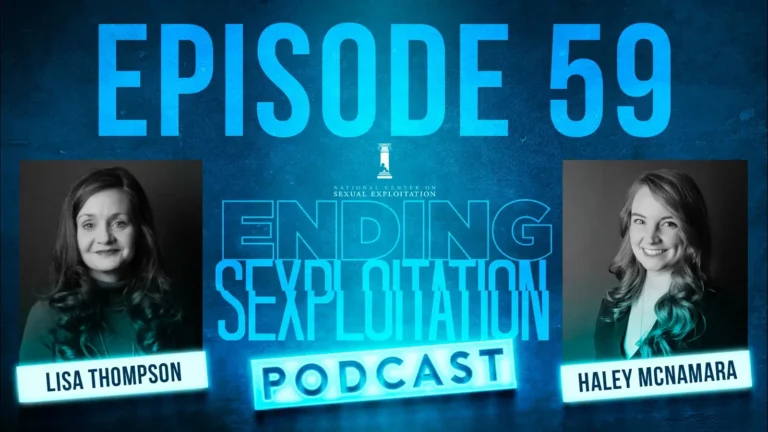Over the last several years, evidence has been mounting which suggests Internet pornography use can become a genuine addiction. Scientists have been able to identify several addiction-related brain changes in individuals who feel their pornography use has gotten out of control.
One of the most well documented models of addiction is called Incentive Salience. The Incentive Salience Theory (IST) of addiction argues that chronic consumption of a substance, or repeated engagement in a behavior, can lead to dissociation between “wanting” and “liking.” This means that eventually an addict will feel greater excitement and craving during anticipation of a reward (wanting) but won’t feel more pleasure when they receive it (liking).
Comparing Brains to Assess Addiction
In 2017, a team of neuroscientists set out to see if the brains of men with problematic pornography use (PPU) would resemble substance and gambling addicts and show evidence of Incentive Salience. Put simply, they wanted to see if the brains of men who used lots of pornography would show greater activation than men without problematic pornography use when presented with “cues” the subjects learned to associate with pornography.
Using fMRI, researchers scanned the brains of 28 males with PPU, and 24 healthy, male volunteers (control group), while they completed a test that measured how fast they responded to cues predicting both sexual and monetary rewards.
Importantly, a criterion for PPU men to be in the study was that their pornography use had become so out of control that they had sought professional treatment for their problem, since the researchers wanted to “relate the brain activations to clinically relevant features of PPU.”
Evidence of Incentive Salience in Users of Pornography
As the researchers expected, and in line with IST, the study found that the PPU subjects had the fastest reaction times to the cues predicting sexual images, demonstrating they had a greater excitement and desire to view sexual images (wanting) than the control group.
Additionally, the fMRI results showed PPU subjects had greater activity in the ventral striatum region of the brain than the control group in response to sexual cues, but not when actually viewing pornography. This means the PPU subjects wanted (craved) pornography more than controls but didn’t actually like it any more than those in the control group.
Even more telling was the fact that the PPU subjects who reported 1) viewing more pornography and 2) greater difficulty controlling their behavior, had the biggest dissociation between wanting and liking. The researchers pointed out that the enhanced response to cues were “similar to what is observed in substance and gambling addictions.”
More Evidence of Pornography Addiction
These findings support the existence of pornography addiction. The findings of conditioning of subjects to previously neutral stimuli leading to enhanced cue-reactivity is evidence of arguably the most important brain change that drives addiction known as sensitization. Discussing the significance of the study’s results, the researchers said:
“These findings suggest that PPU may represent a behavioral addiction and that interventions helpful in targeting behavioral and substance addictions warrant consideration for adaptation and use in helping men with PPU.”
Mateusz Gola et al., “Can Pornography be Addictive? An fMRI Study of Men Seeking Treatment for Problematic Pornography Use.”
This brain science can help those trying to recover from a pornography addiction, and their clinicians, understand that they may not necessarily have a high libido that pornography is fulfilling. Rather a reward circuit in the brain has been rewired to crave pornography, leaving them to want more pornography even when its use yields little pleasure or even dislike.
Many other neuroscience-based studies, in fact more than fifty, have yielded results supporting the existence of pornography and sex addiction. To learn more, see YourBrainOnPorn.com/Research.
For a more about the study discussed in this blog, we encourage you to read through our Research Spotlight entitled “Can Pornography be Addictive?” If you or someone you know is struggling with pornography addiction, see our prevention and recovery resources for individuals.
This blog is a short review of the research of Mateusz Gola et al., “Can Pornography be Addictive? An fMRI Study of Men Seeking Treatment for Problematic Pornography Use.”



